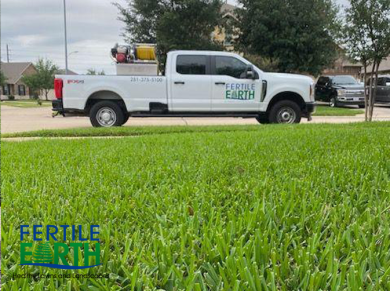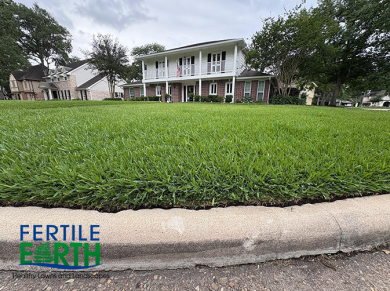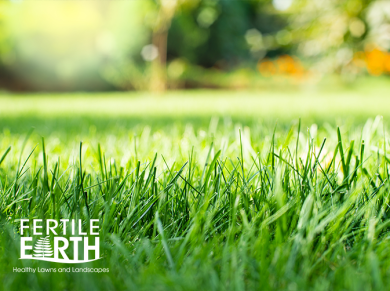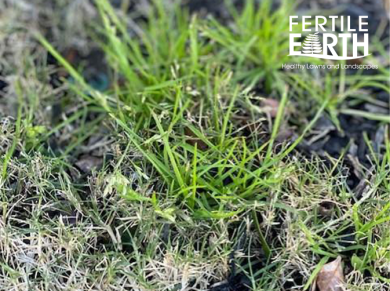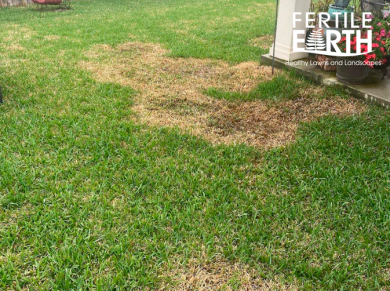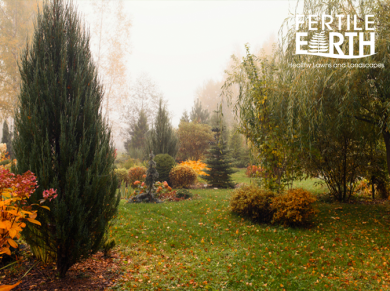Newsletter

The Month of Doveweed
There's an old saying that April showers bring May flowers. Here, we like to say March showers bring April dayflowers. Not very catchy, but true. Doveweed (Murdannia nudiflora), commonly confused for St. Augustine grass in its early stages, is an invasive summer annual weed found in the dayflower family. The thick, waxy leafed weed commonly emerges in April when the soil temperatures reach 70-75 degrees. Its aggressive mat-like growth pattern makes it hated by most homeowners. By the end of this newsletter you will be equipped with the knowledge to limit the invasive nature of doveweed.
Water Control
If you want to control doveweed in your yard, controlling the water it receives is key. We recommend watering infrequently but deeply in order to avoid excessive soil moisture. This can vary from property to property but a good starting point is 12 minutes for spray zones and 24 minutes for rotor zones 2 times per week. Areas with poor drainage must also be monitored and corrected to prevent excessive doveweed germination. Doveweed is commonly found in low spots and along fence lines which are areas that notoriously stay damp. By avoiding excess water, you can greatly reduce aggressive doveweed growth. This is your greatest preventative tool.
Post-Emergent Control
Creating an environment non-conducive for doveweed is integral because weed control is difficult to achieve. Due to the thick and waxy leaf structure, Doveweed is a tough weed to kill. The waxy surface acts as a shield against herbicides, lessening their effectiveness. At Fertile Earth, we use both preventative and post-emergent methods to maximize control. The most effective time to spray doveweed is when it is young, and recently germinated. As the weed matures, herbicide effectiveness lessens. However, this does not mean herbicide application is ineffective. Throughout the spring and summer, doveweed will be a priority on our spray list.
Summary
To wrap it all up, controlling doveweed takes a multifaceted approach. Fertile Earth will provide a plan to encourage a healthy lawn that can compete with the doveweed while the homeowner will properly maintain their yard. Together, we tackle the issue of doveweed.
Brandon Spiteri
O: 281-375-5100
Fertileearthtexas.com
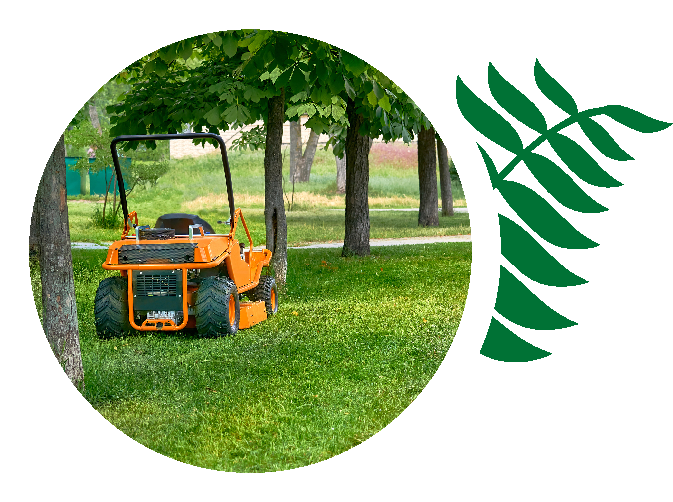
Mowing Practices
Another important cultural practice that can directly affect the extensiveness of your doveweed problem is mowing. We recommend mowing your yard at the appropriate height (ST AUGUSTINE: 3-4 inches BERMUDA:1 ½- 2 inches). Mowing too short will cause the doveweed to begin growing outward into the lawn more rapidly, causing larger areas of damage. This happens because doveweed responds to its environment and uses its energy to grow outward. Furthermore, mowing these stolons will lead to the spreading of doveweed seeds which will quickly germinate in the right soil conditions. So mow high to encourage a healthy lawn that limits the growth of doveweed.




